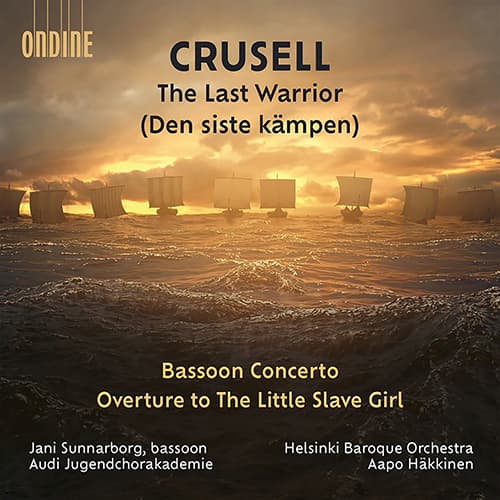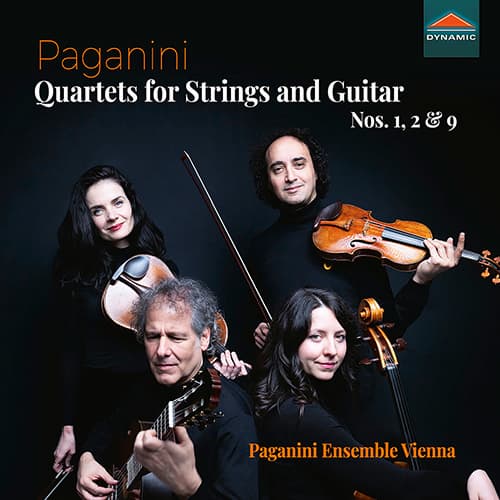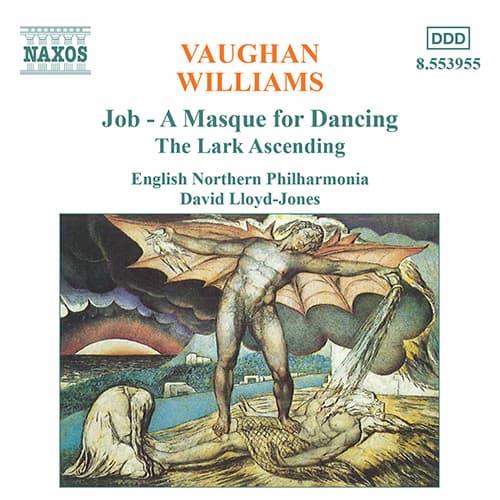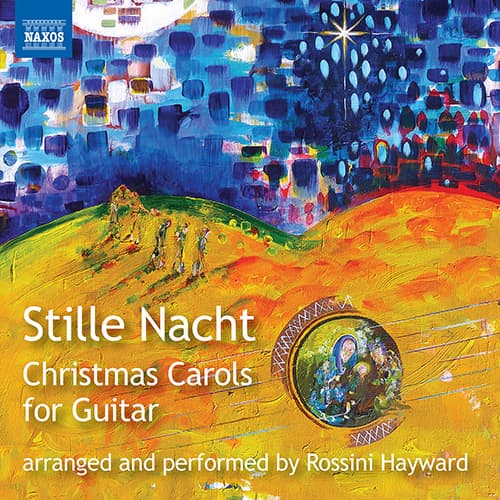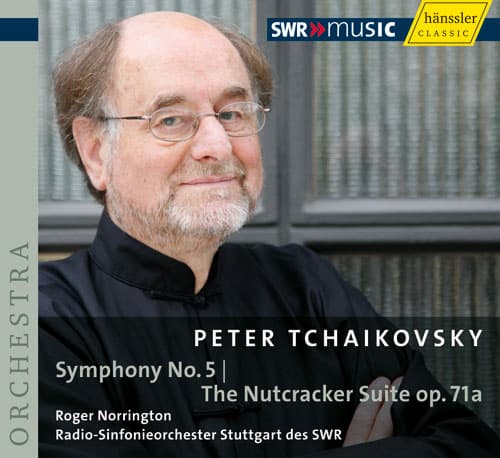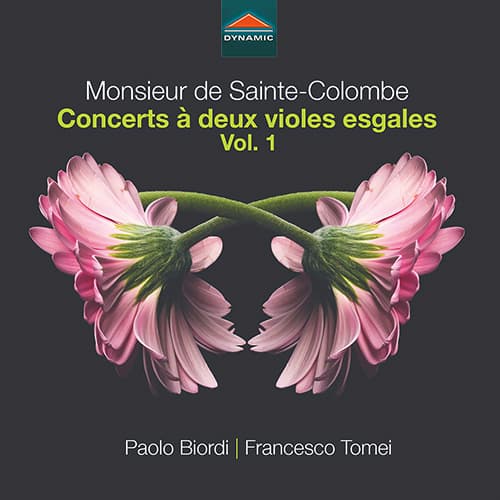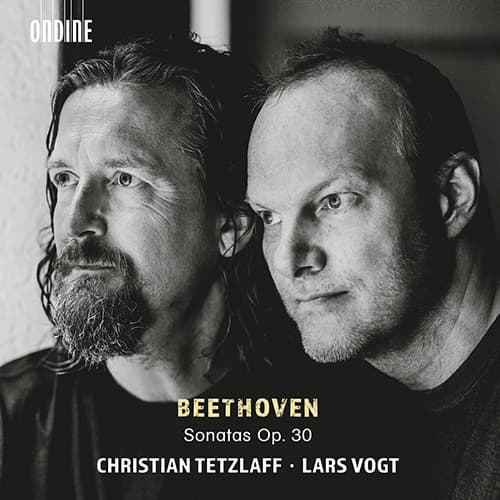Finnish composer Bernhard Crusell (1775–1838) was considered the greatest composer of Finnish descent, before Sibelius. Finland, at the time, did not exist as a country, it was part of the Swedish kingdom, so it was in the capital city of
Archives
We associate the name of Niccolò Paganini 1782–1840) with the violin and his seemingly demonic playing. However, the less talented are always quick to impugn the true talent of a virtuoso – the devil had to have a hand! Paganini
The orchestra paints a calm scene – blue skies, some clouds – and then a rising song. It’s the skylark, a bird of the open farm and of the heath. Its song, sung only by the male, is delivered in
One of the most beautiful of the carols sung at Christmas, the Coventry Carol commemorates a truly tragic event. As told in the Gospel of Matthew (2:16–18), Herod, the king of Judea, ordered the killing of all male children two
It’s the fond memory of many adults raised in America that the Christmas season is the time for Tchaikovsky’s beautiful ballet, The Nutcracker. George Balanchine’s New York production, which had its debut on 2 February 1954, brought E.T.A. Hoffman’s tale
It was only in recent years that the violist and composer known as Monsieur de Sainte-Colombe could be given a first name: Jean. His place and date of birth are unknown, how he came to music is unknown, and even
After starting his career in the military, as was the tradition in his family, Fernando Sor (1788–1839) worked for the invading French military and then moved to Paris when they departed, fearing retribution for his work with the occupiers. While
Beethoven’s stylistic periods are often dated by his symphonies. However, for his violin sonata, their styles often advance before the symphony styles do. For example, His set of Violin Sonatas, Op. 30, shows many signs of the middle/late Beethoven but

